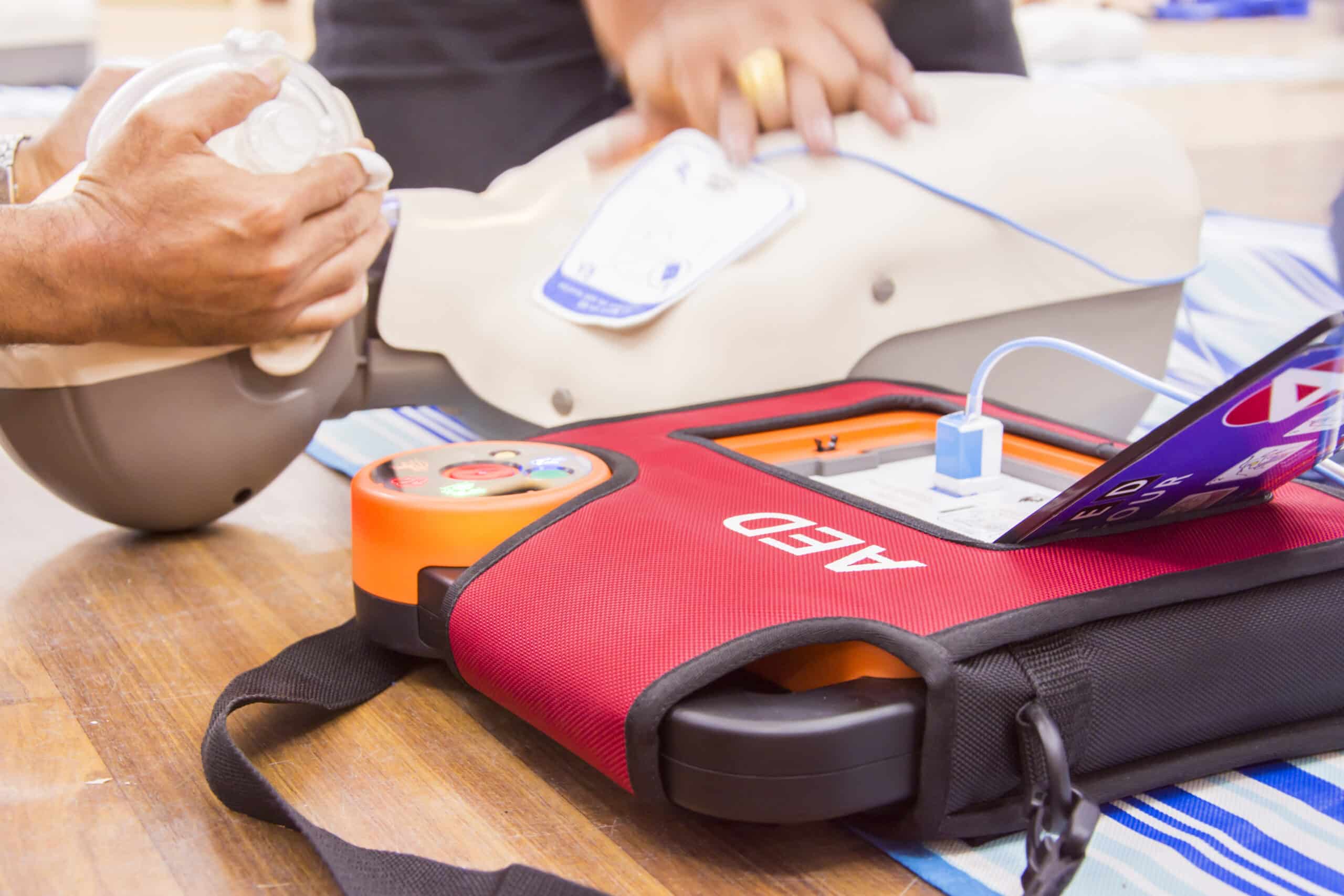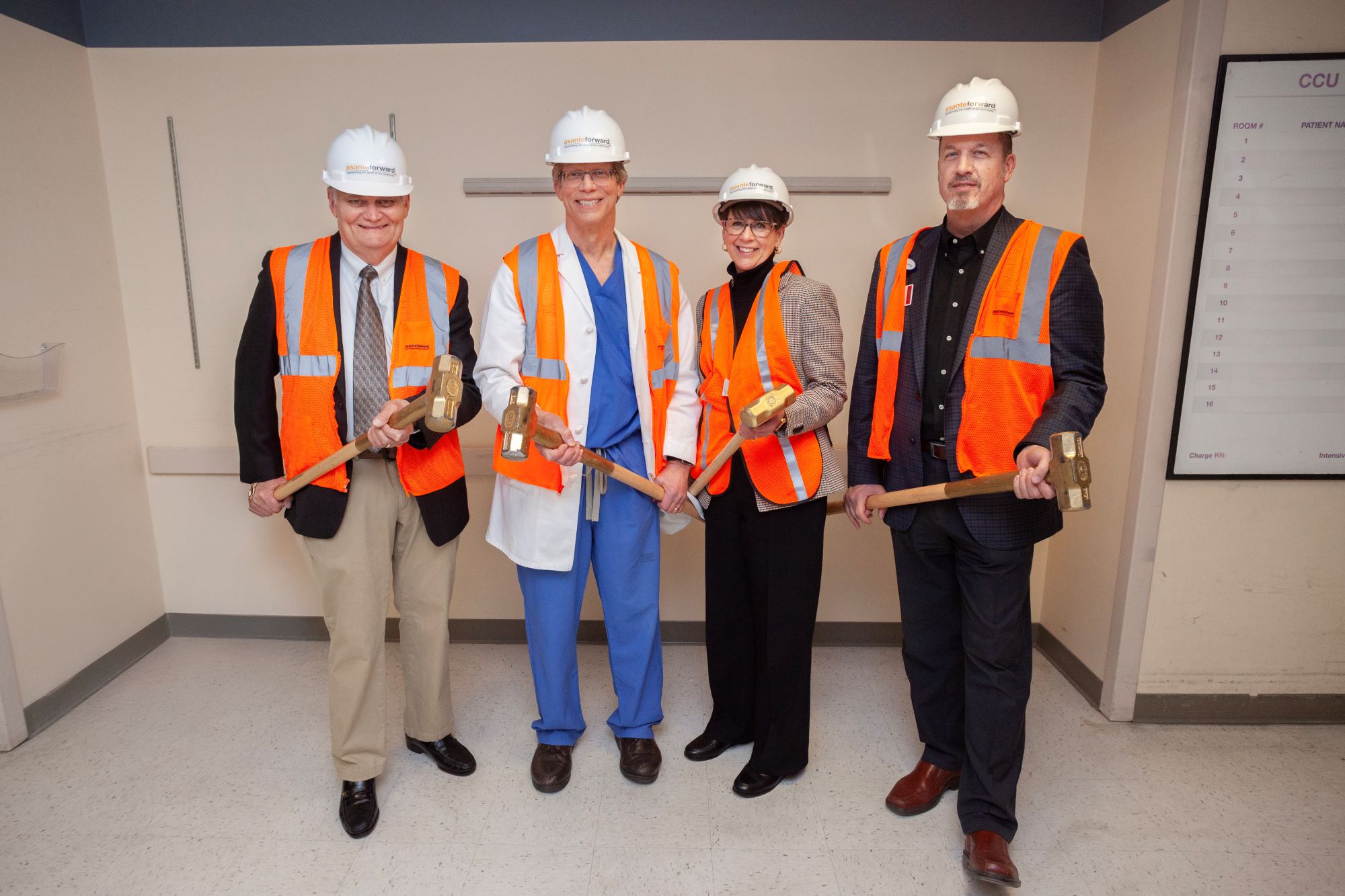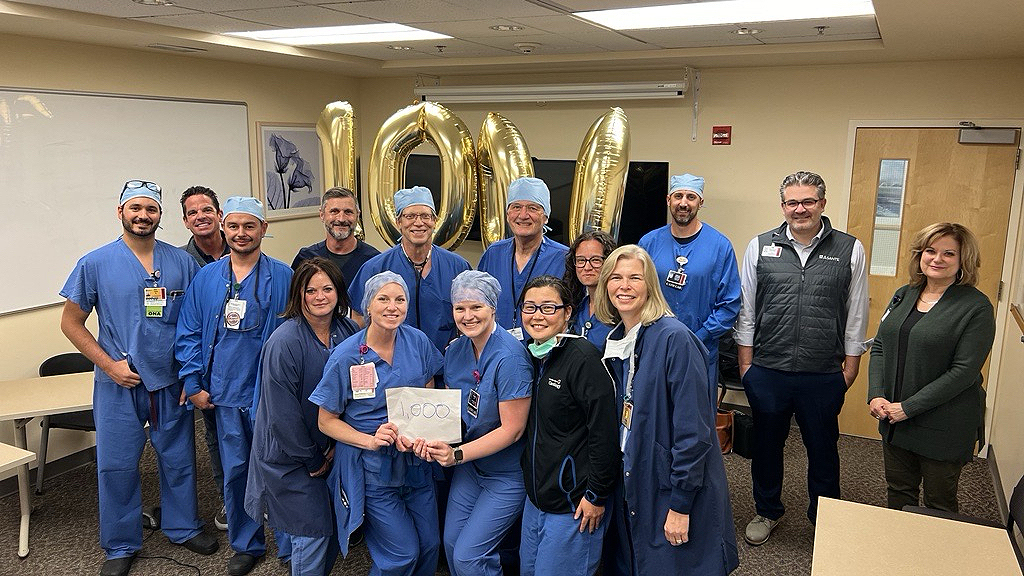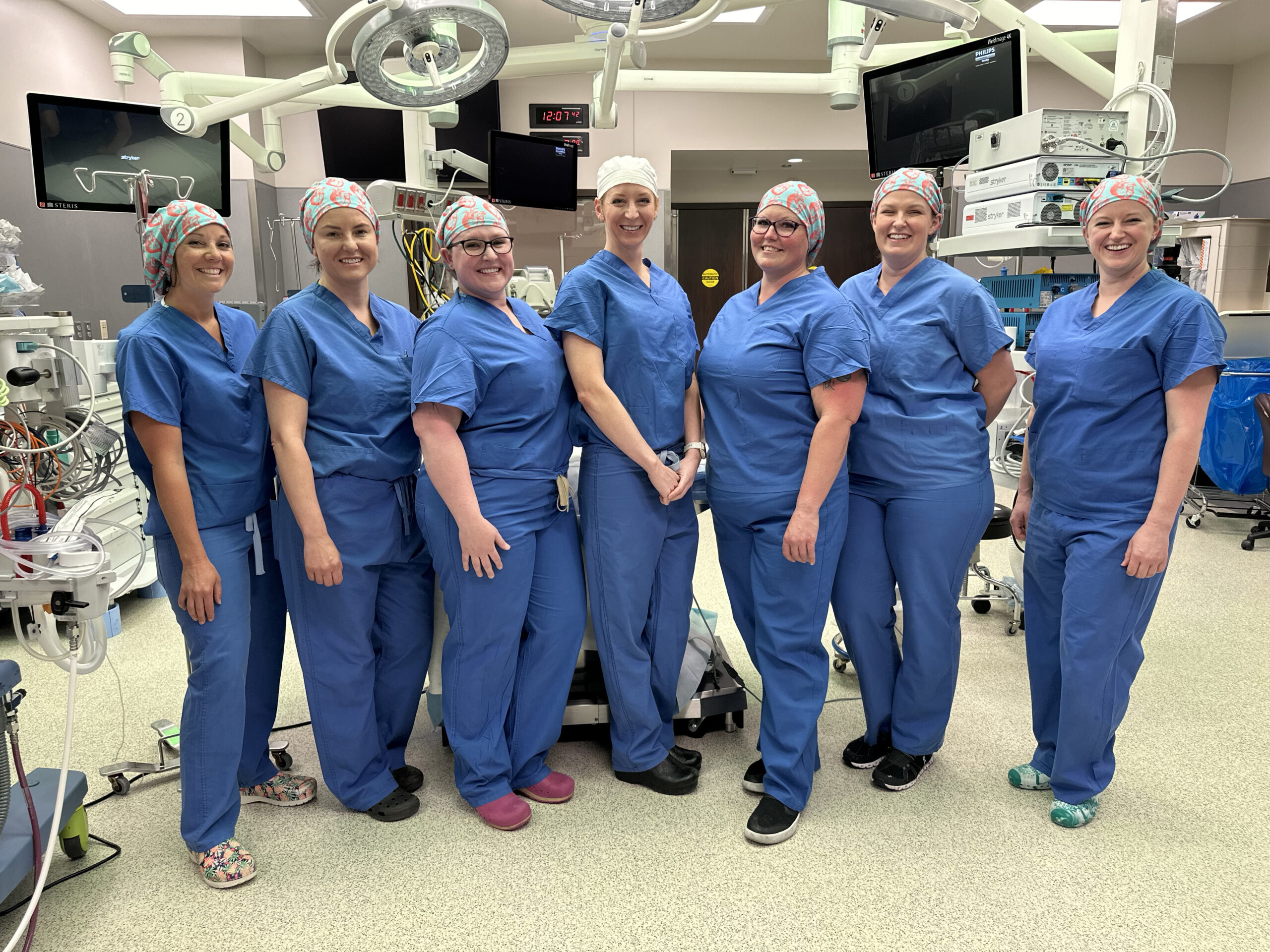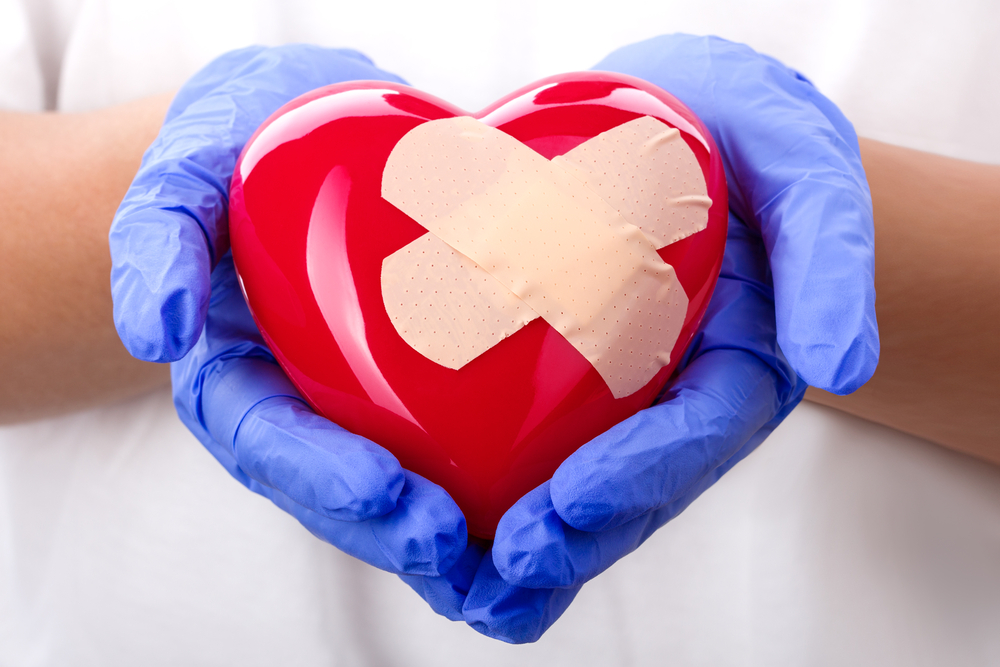Summary
CPR, or cardiopulmonary resuscitation, is a relatively simple procedure that’s easy to learn and can actually double a person’s chance of surviving a heart attack. The trick is to perform CPR on the spot, when the heart attack victim collapses and stops breathing. Our community needs more bystanders who know what to do in the event of a cardiac emergency. You can be one of them! To perform hands-only CPR, place the heel of your hand on the center of the victim’s chest. Then place your other hand on top and lace your fingers together. Press down about two inches and release. Repeat this quickly, about 100 times a minute, and don’t stop until an emergency medical team arrives.
The simple answer is—CPR (cardiopulmonary resuscitation) saves lives.
All around the country, people die every day from sudden cardiac arrest. CPR is a relatively simple procedure that’s easy to learn and can actually double a person’s chance of surviving a heart attack. The trick is to perform CPR on the spot, when the heart attack victim collapses and stops breathing. Our community needs more bystanders who know what to do in the event of a cardiac emergency. You can be one of them!
Tens of thousands of Americans become CPR certified every year, and many of them are average citizens not affiliated with medical careers. CPR involves manual techniques that keep a victim’s blood circulating before an ambulance arrives. Sadly, only 15 to 30 percent of people who experience cardiac arrest outside of a hospital are given CPR by a bystander. Why? Because most people don’t know how to do it—or the difference it can make.
Many people are afraid CPR can hurt the victim or the person administering the procedure. They also fear getting an infection or being slapped with a lawsuit if they don’t perform CPR properly. However, learning proper CPR techniques can help alleviate these fears. When done right, CPR is not a risk for the giver or the receiver. New guidelines don’t even require mouth-to-mouth resuscitation. Now hands-only CPR can be used to perform chest compressions without breathing assistance.
To perform hands-only CPR, place the heel of your hand on the center of the victim’s chest. Then place your other hand on top and lace your fingers together. Press down about two inches and release. Repeat this quickly, about 100 times a minute, and don’t stop until an emergency medical team arrives.
Perhaps the biggest reason to learn CPR is this. Most cardiac arrests occur at home. That means knowing CPR could save the life of someone you know and love. For a list of CPR classes or other educational resources available in our area, visit the Oregon Red Cross CPR classes page.

